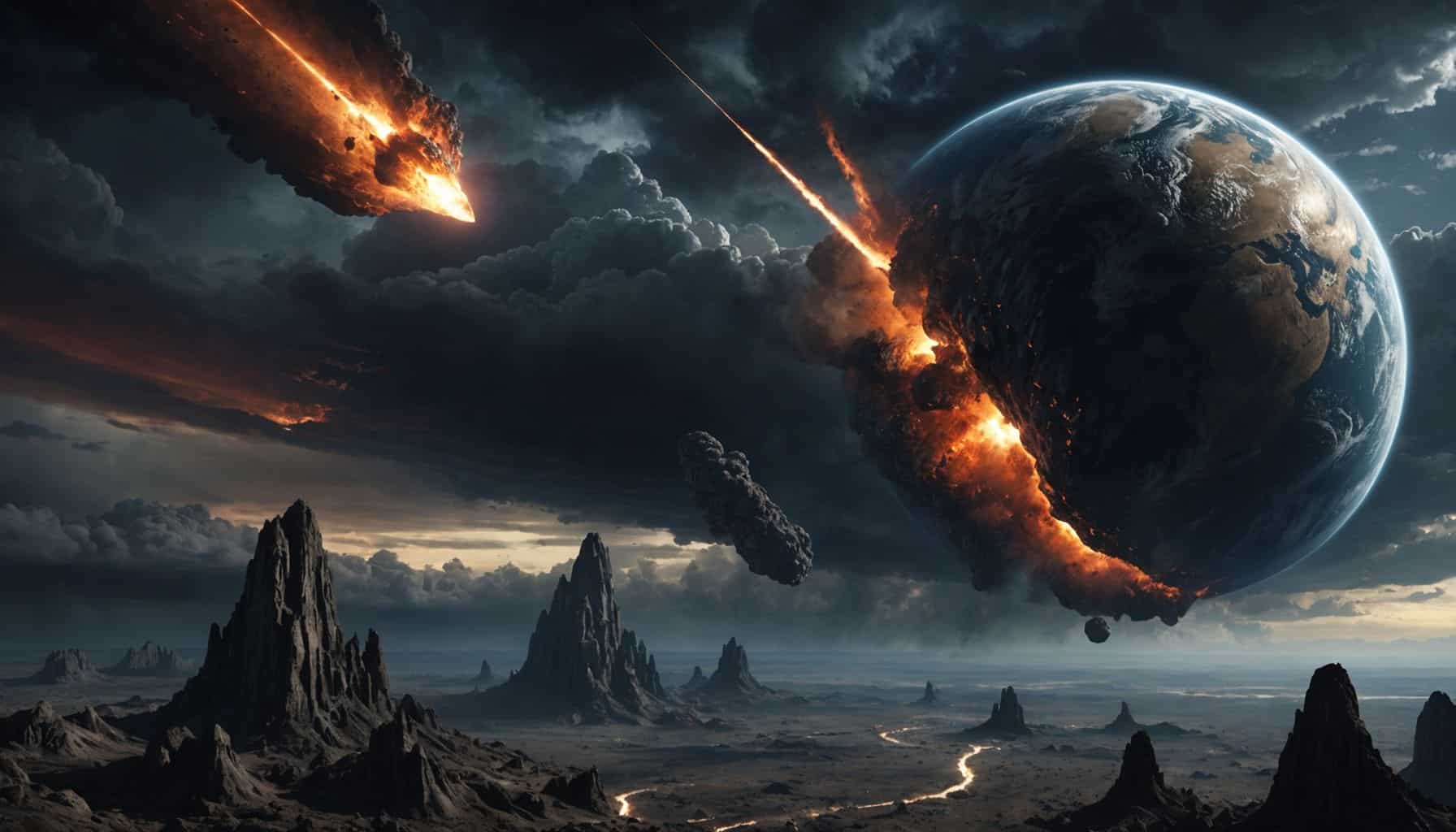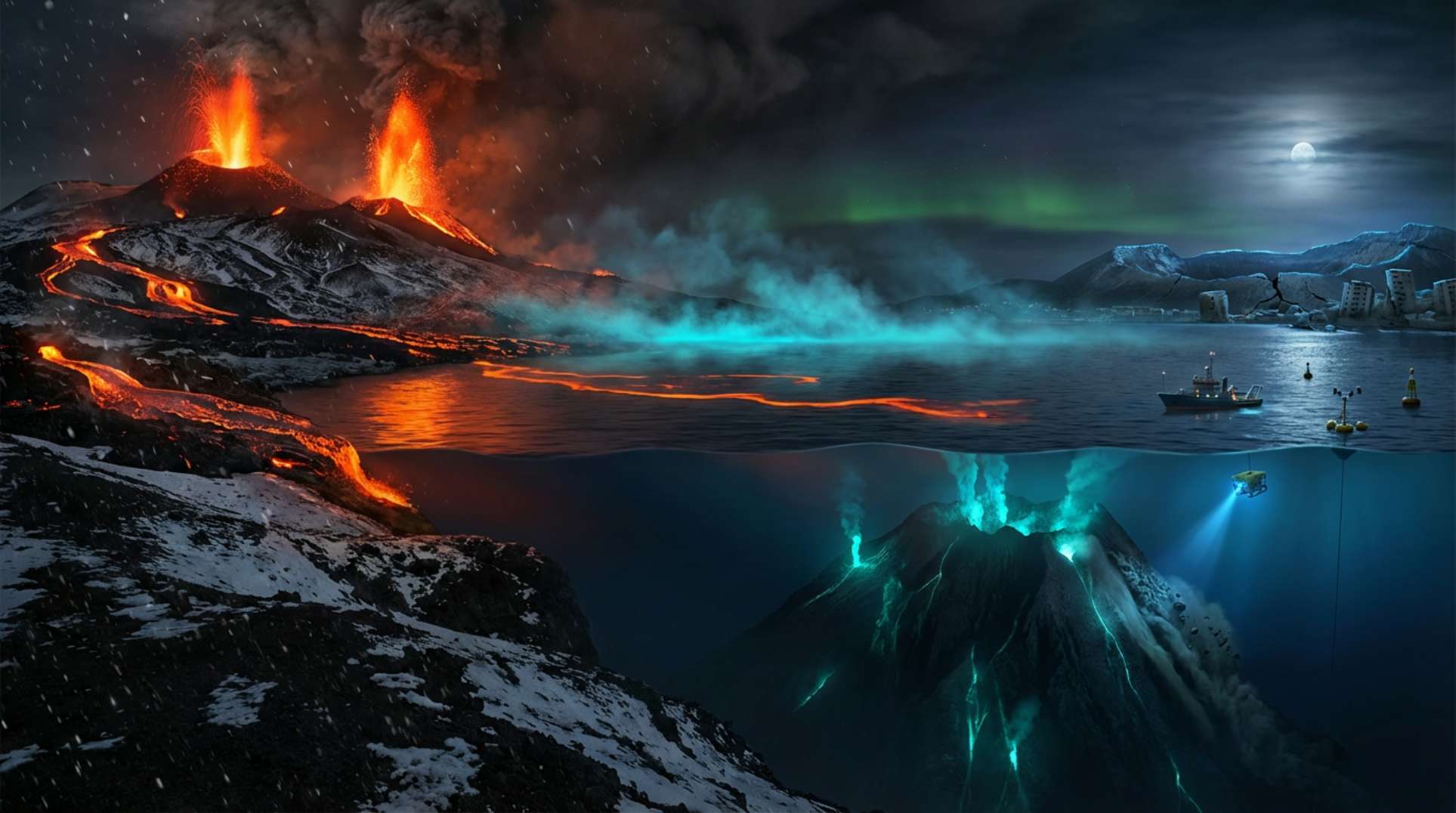An asteroid hurtling towards Earth is a scenario that NASA scientists are taking seriously. With the asteroid Apophis set to make a close approach in the coming years, preparations are underway to ensure we are ready for any potential impact.
Key Takeaways
- Apophis is a large asteroid, measuring about 370 meters in diameter.
- It will make a close approach to Earth on April 13, 2029, coming within 310,000 kilometers.
- NASA is conducting exercises to prepare for potential asteroid impacts, highlighting the need for global collaboration.
- Recent simulations indicate that humanity is currently ill-equipped to prevent a significant asteroid disaster.
Understanding Apophis
Apophis was discovered on June 19, 2004, and is one of the most well-known near-Earth objects. Its size is comparable to three football fields, making it a significant threat if it were to collide with Earth. The asteroid is expected to pass closer to Earth than many satellites in 2029, providing a unique opportunity for scientists to study it up close.
The Close Approach in 2029
On April 13, 2029, Apophis will come within approximately 310,000 kilometers of Earth’s surface. This distance is about one-tenth of the distance between Earth and the Moon. During this close encounter, Apophis will be visible to the naked eye in some regions, appearing as a fast-moving point of light.
Monitoring and Tracking
NASA and other space agencies continuously track Apophis’s position using powerful telescopes and radar observations. Initial concerns about a potential impact in 2029 have been ruled out, but scientists remain vigilant. The close approach could alter Apophis’s orbit due to Earth’s gravitational influence, raising concerns for future encounters, particularly on April 13, 2036.
Preparing for Potential Impacts
NASA recently conducted a hypothetical exercise to assess global preparedness for an asteroid impact. The scenario involved an undetected asteroid on a collision course with Earth, estimated to be between 60 and 800 meters across, with a 72% chance of hitting Earth in 2038. Despite having 14 years of warning, the exercise revealed significant gaps in our preparedness.
Key Challenges Identified
- Limited Detection Capabilities: Initial observations were insufficient to determine the asteroid’s size, composition, or trajectory.
- Short Notice Deflection: Current technologies for deflecting or disrupting asteroids require years of development.
- International Coordination: A global response is crucial, as the impact of an asteroid would affect all nations.
Lessons from Past Events
The Chelyabinsk meteor incident in 2013 serves as a stark reminder of the potential dangers posed by asteroids. This small asteroid exploded over Russia, causing injuries and damage. The event highlighted the importance of monitoring smaller bodies in space that could threaten Earth.
Recent Successes in Tracking
NASA’s Scout impact hazard assessment system successfully tracked a small asteroid, 2024 BX1, which disintegrated harmlessly in Earth’s atmosphere. This incident demonstrated NASA’s capability to monitor and predict asteroid impacts effectively.
The Path Forward
The recent planetary defense exercise underscores the need for more information about asteroids. As NASA’s planetary defense officer Emeritus Lindley Johnson stated, understanding an asteroid’s size and trajectory is crucial to avoid practical problems created by uncertainty.
In conclusion, while we have made strides in monitoring and preparing for asteroid impacts, the recent exercises reveal that there is still much work to be done. The threat of an asteroid impact, though infrequent, is real and requires proactive measures to ensure the safety of our planet.




